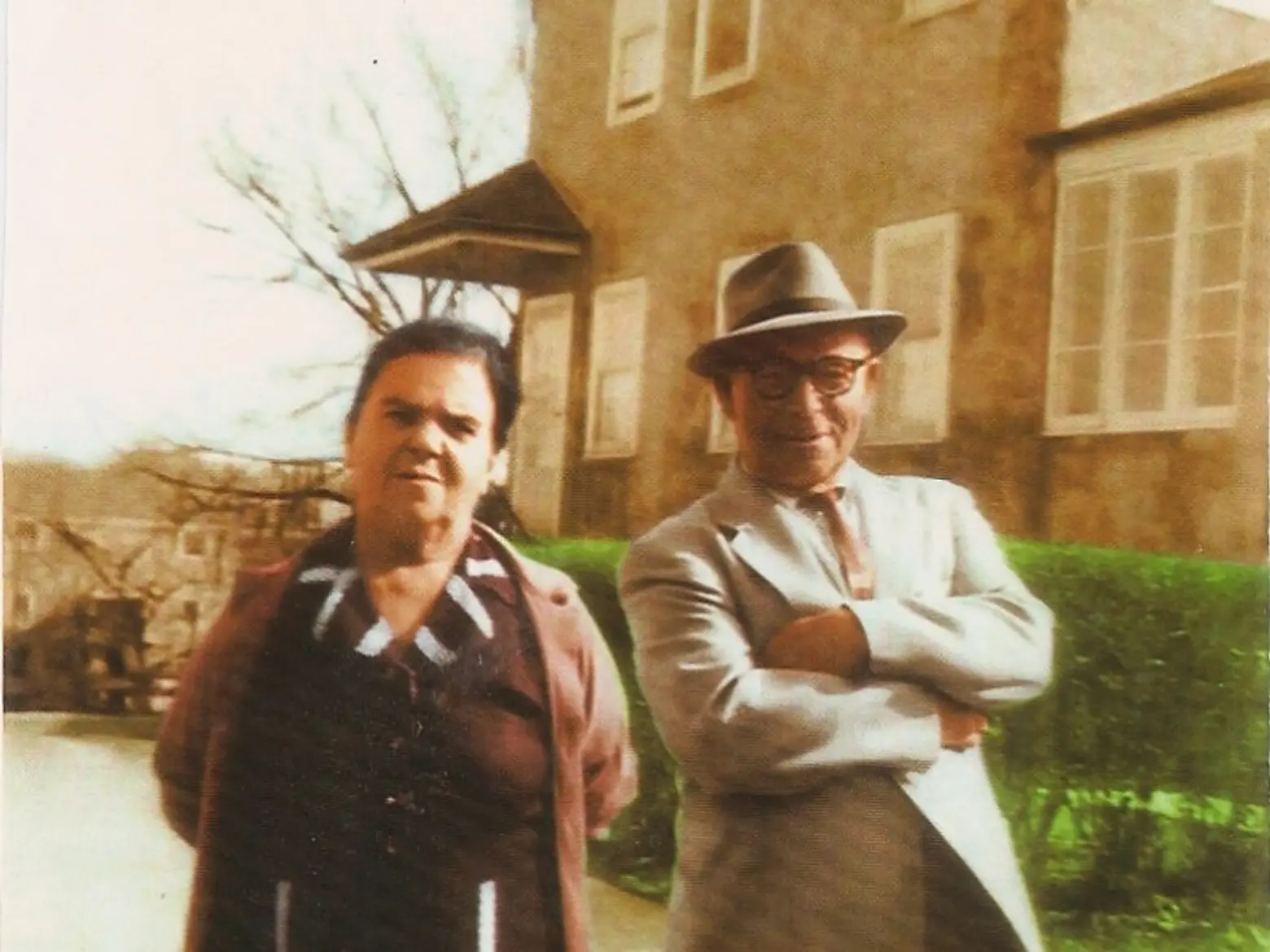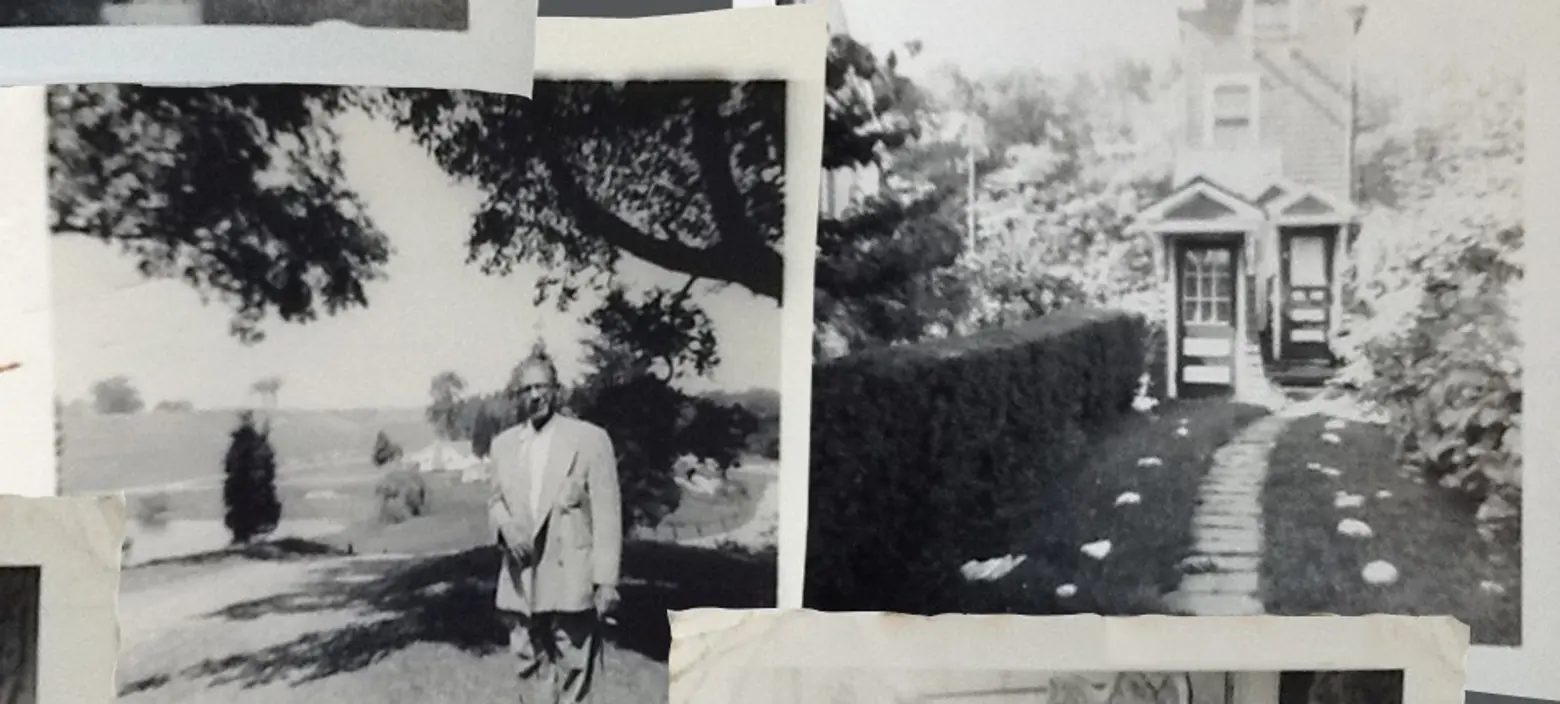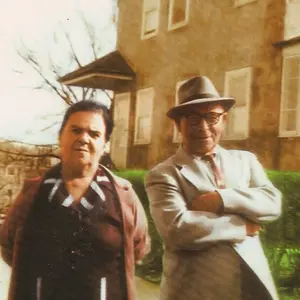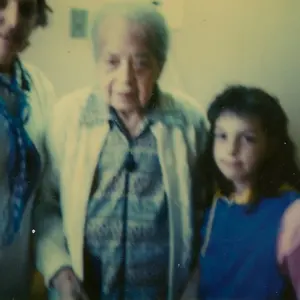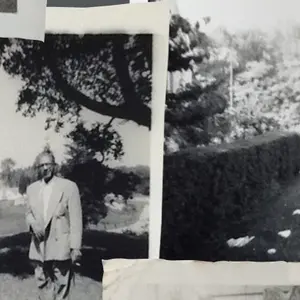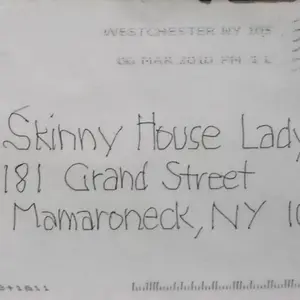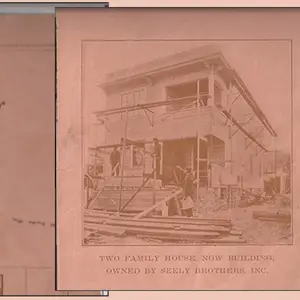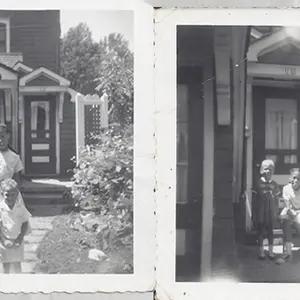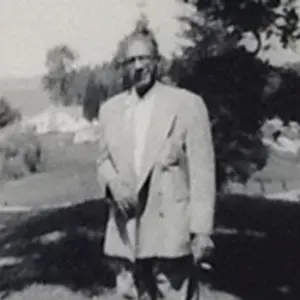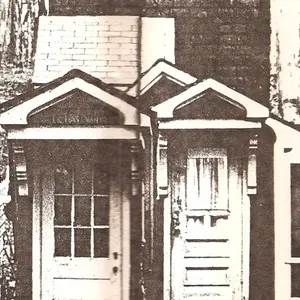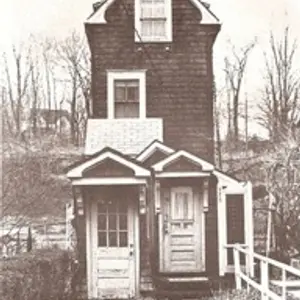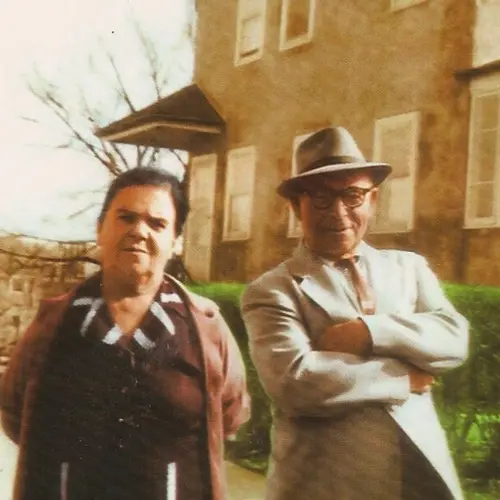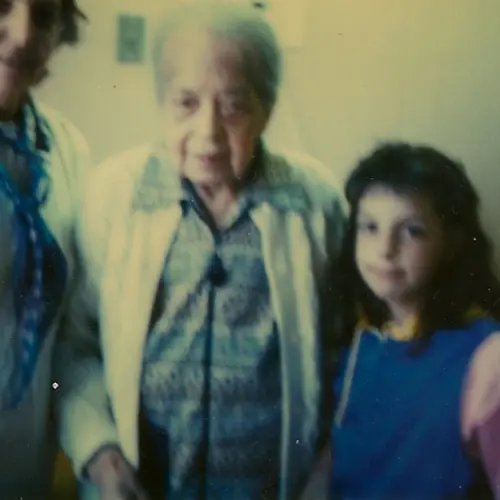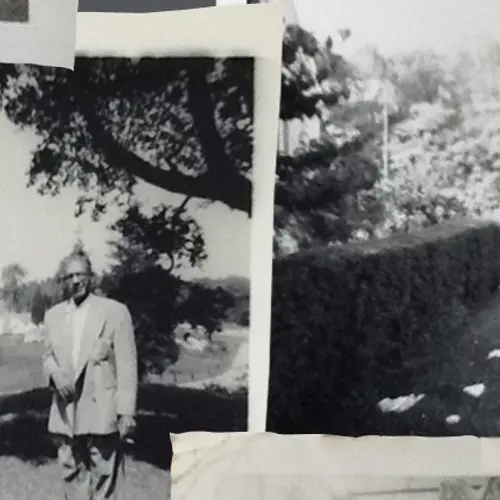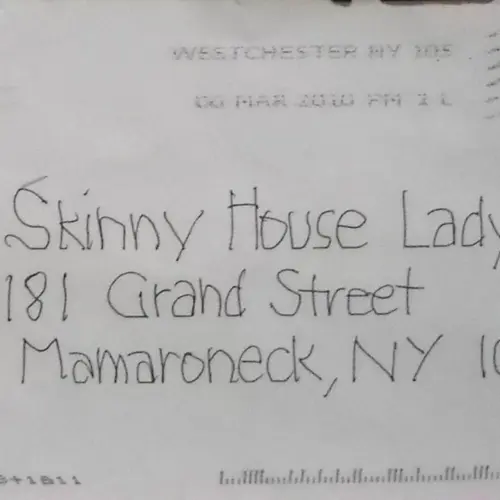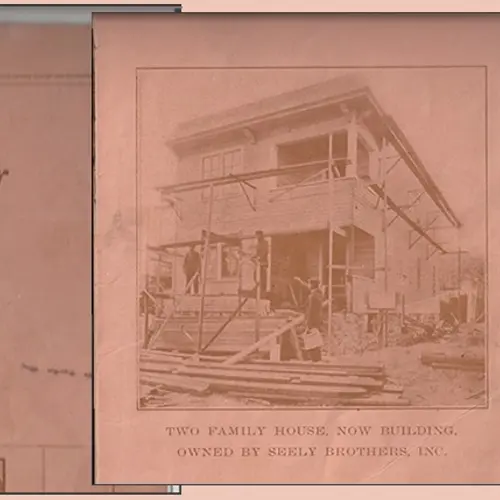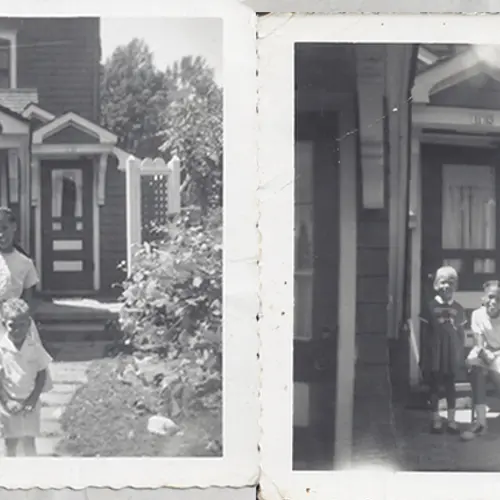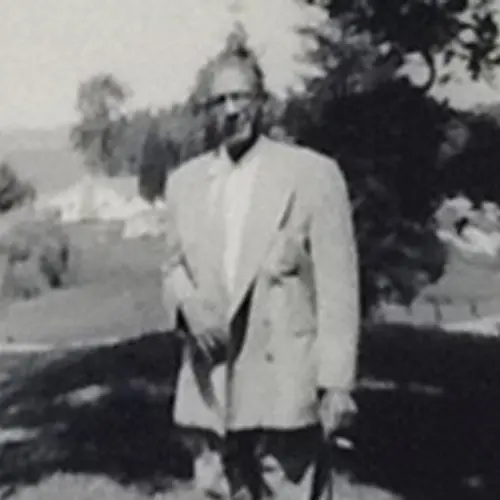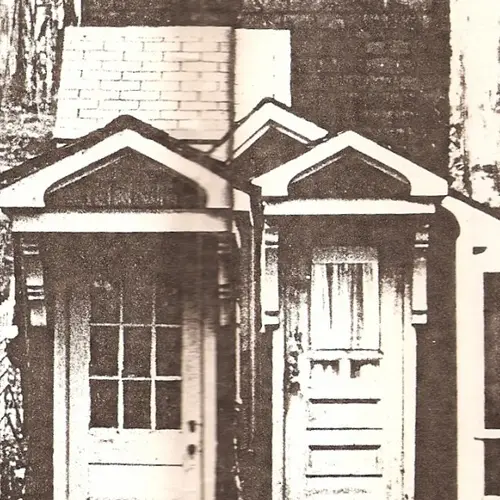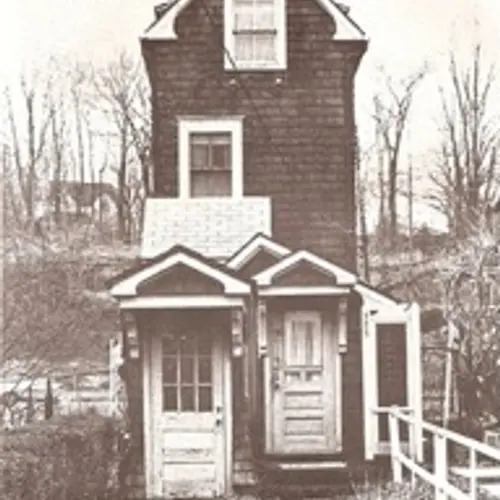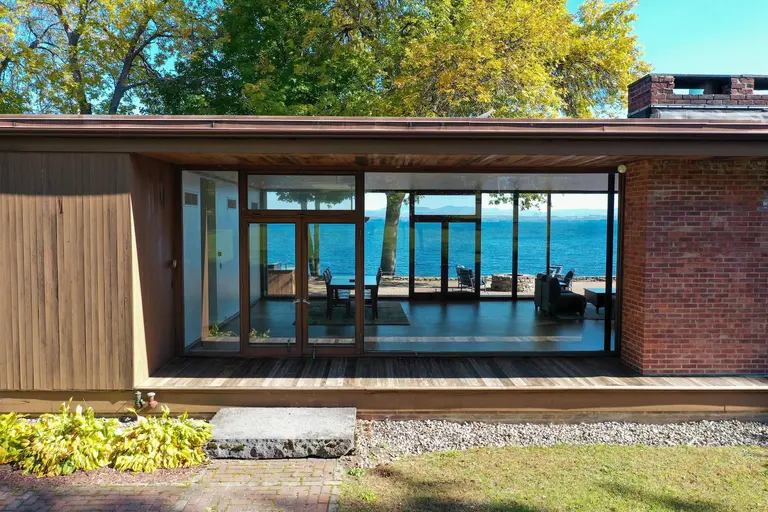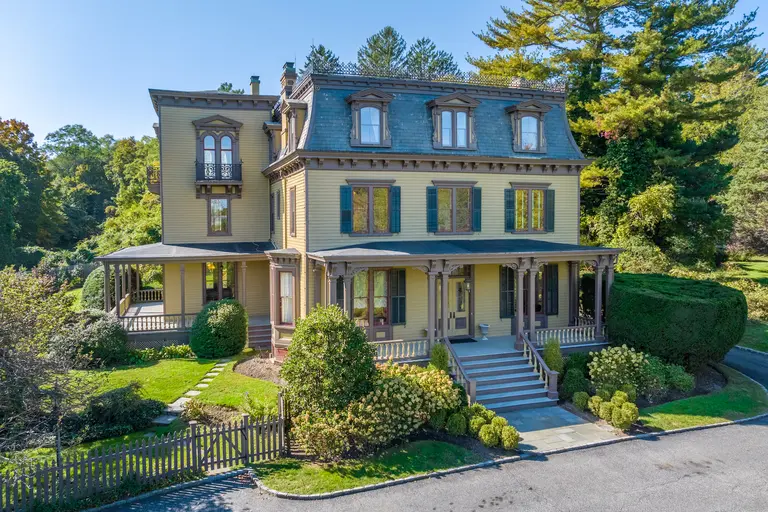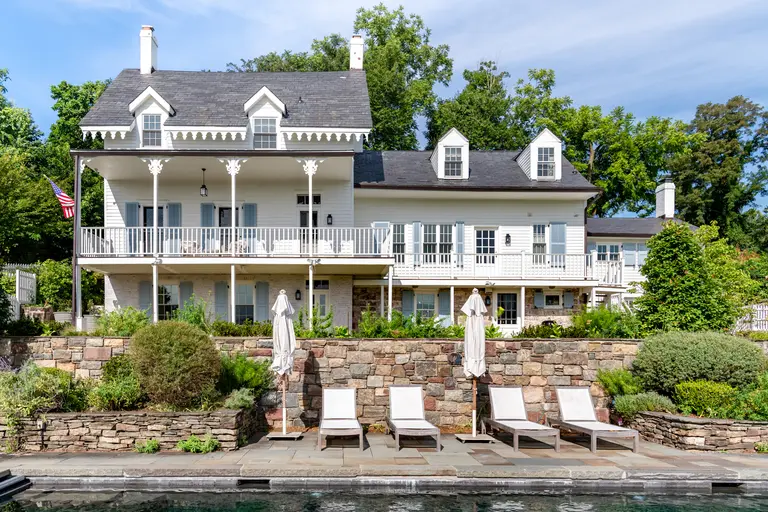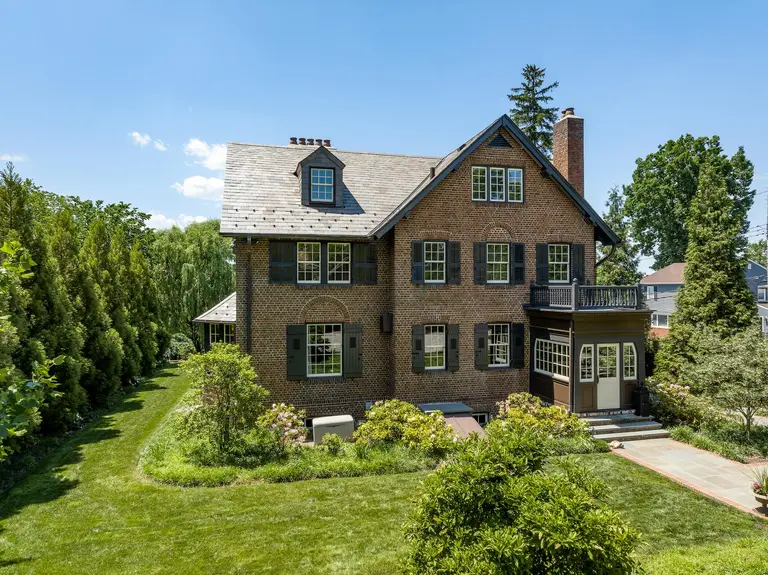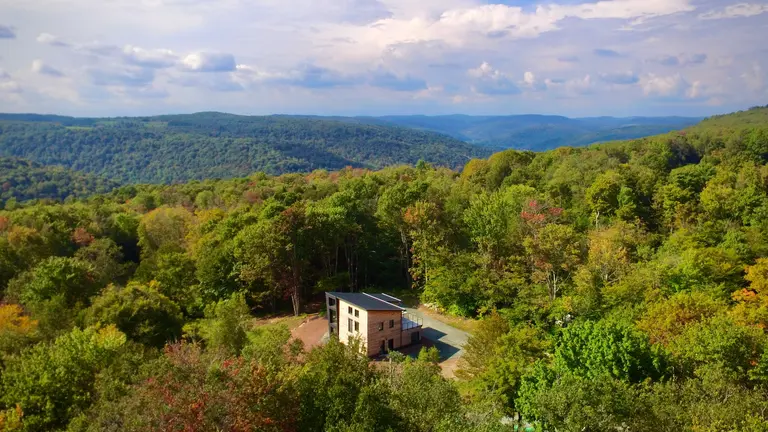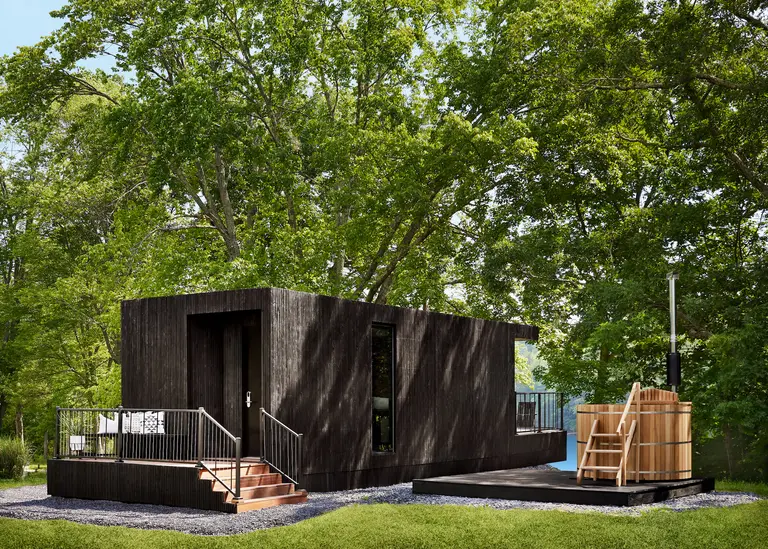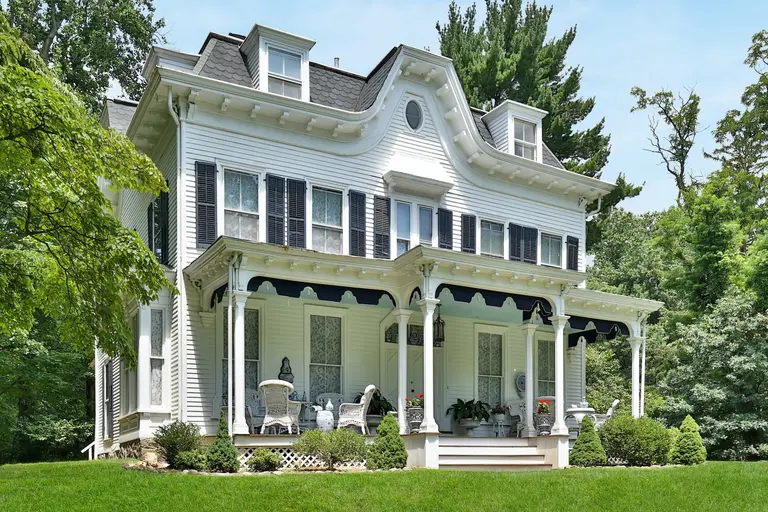10-Foot-Wide ‘Skinny House’ in Mamaroneck Is an Historic Work with a Heart-Warming Story

This red-shingled home may not look like much, but it’s steeped in history dating back to the early 20th century—and of course, there’s the fact that it’s no wider than most NYC bedrooms. Affectionately–and aptly–called the Skinny House, this tiny structure is the slimmest house in Mamaroneck and measures only 10 feet wide, 39 feet long, and rests on a 12.5 foot wide parcel of land. It’s also three (yes, three) stories tall. But in addition to a demure size, it also comes with a heart-warming story of neighborly love and generosity that have allowed it to endure for the better part of a century.
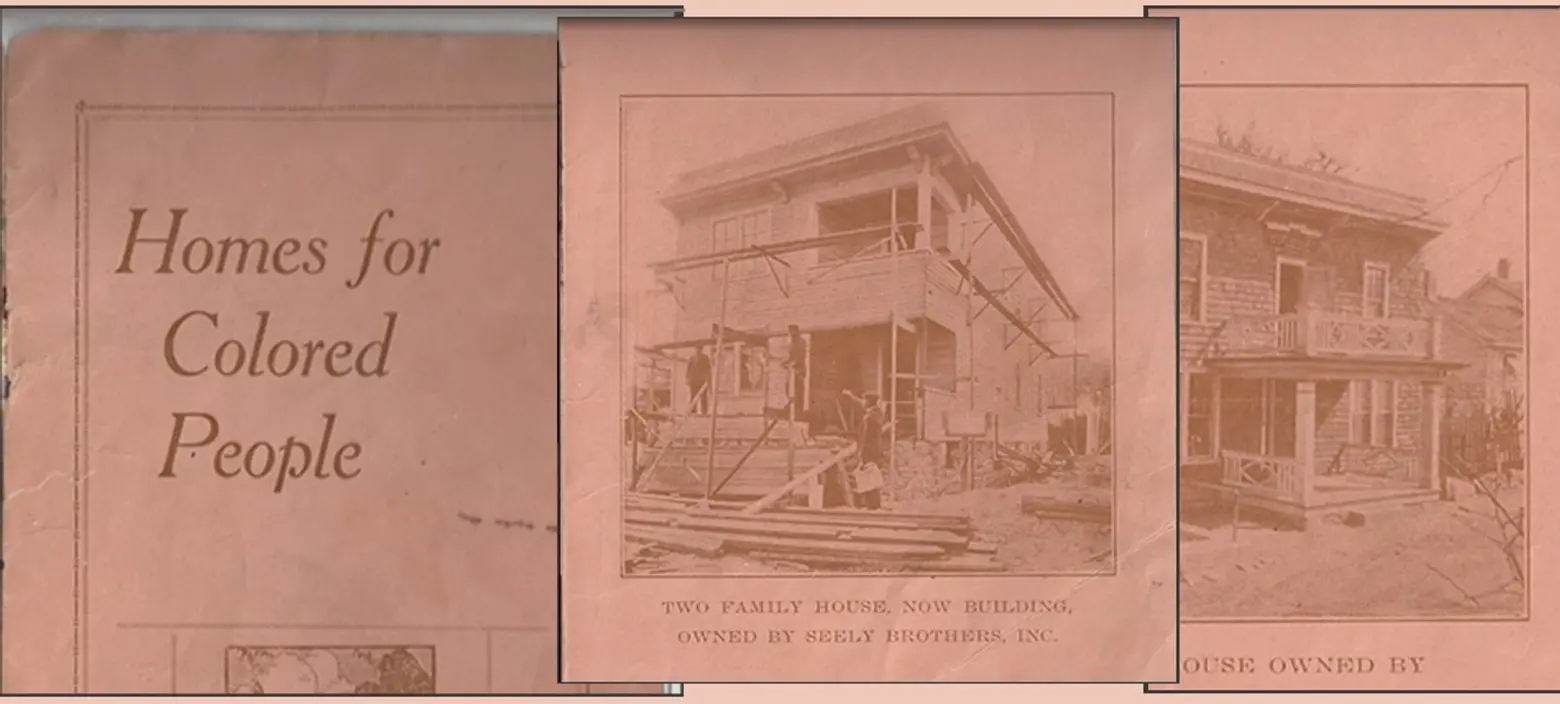
Skinny House was constructed by Nathan T. Seely back in 1932. Seely was one of New York’s first African American builders, operating, with his brother, a successful home-building business that erected a slew of other homes in the immediate neighborhood and throughout Mamaroneck. Seely’s business catered primarily to black Southerners who fled northward as part of the Great Migration. However, in 1929 the Great Depression crushed the business. As the country became financially crippled, very few at the time were able to afford homes. Seely’s business went bankrupt and he lost his home.
But all was not lost. In 1931, Seely’s next-door neighbor, Panfino Santangelo, generously gave him a 12.5-foot by 100-foot strip of land in exchange for $1 to form a contract.
On the land, Seely craftily constructed the Skinny House using salvaged materials. A chicken coop was used as part of the living room; a center beam in the basement is a rusted railroad track; and walls were constructed from paperboard hammered into wood scraps. Amazingly, the home had everything you’d find in a structure ten times its size, including a cellar, a living room, a kitchen and pantry, two bedrooms and a bathroom—all constructed across three floors to boot. Seely even accounted for high winds by running cables from the side of the house into the ground.

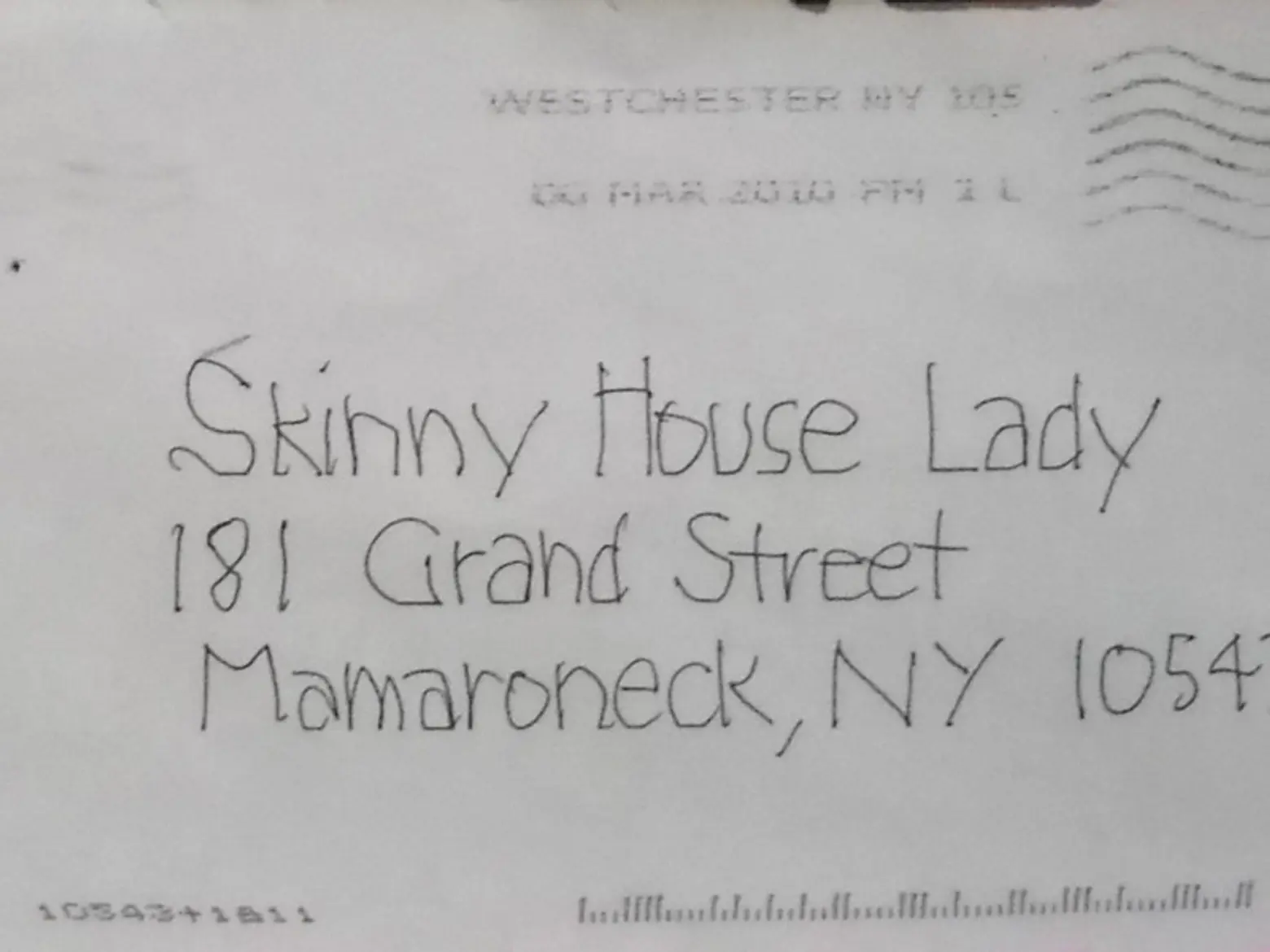
After Seely died in 1962, his house was passed down to members of his family who continued residence. In 1984, Panfino Santangelo’s daughter bought the house for $30,000 from Seely’s daughter, who was in a nursing home, returning the property to her family. The house had been a rental up until two years ago when a termite infestation damaged much of the property. Today the Skinny House remains vacant, with hopes of restoration. The home was recently nominated by New York officials to the to the National Register of Historic Places. If added, federal grant dollars could fund the repair and restoration of the home.
You can visit the official Skinny House site here for news, events and other information, including some tidbits on an upcoming Skinny House movie.
[Via NYT, SkinnyHouse.org and Patch]
RELATED:
- The Wilson Hunt House: The History of a Rare 19th Century House Towed to Tribeca by Truck
- 128-Square-Foot Tiny Heirloom Home Offers Rustic Elegance and Chic Quarters to Go
- Tiny 500-Square-Foot Apartment Is as Fashionable as Its Chelsea Address
Images via Wiki Commons, Patch and Skinnyhouse.org
